 |
 |
 |
|
About the Data Center |
Our
servers are in a 12,000
square foot secure colocation data
center. |
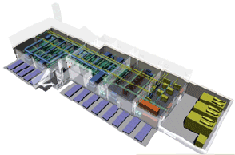 |
 |
Built underground the data
center was designed to withstand tornados, earthquakes, and
all natural disasters. Surrounded by 18" of thick
concrete the colocation data center provided one of the worlds
safest places to place our servers! |
|
Data Center Security |
| Mission-critical operations
require the highest-level security features. The datacenter
delivers multi-level physical security. It's no easy task to
gain entry into the data center. A pre-screening
background check conducted by outside agency to determine
eligibility of data center access. |
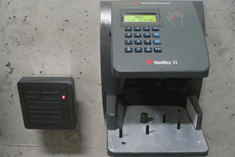 |
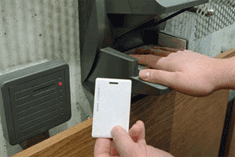 |
All areas
of the center, both internal and external are continually
monitored and recorded by highly sensitive security cameras.
Access into the datacenter is controlled through the
utilization of proxy card swipe and biometric hand geometry
readers. Additionally the center is staffed
7/24/365. |
| Inside the datacenter are 40+
secure cameras that cover 100% of the 12,000 square
feet. Monitored from a remote location
24/7/365. |
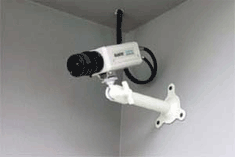 |
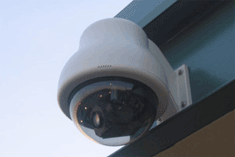 |
Outside the datacenter 8
weather proof cameras are positioned to cover the perimeter of
the datacenter. |
|
Data Center Fire Suppression
|
| The datacenter utilizes a state-of-the-art
multi-zoned fire suppression system equipped with a VESDA
early warning sensory system that is activated by particle
detectors scanning for increased ionization that precedes
imminent flame. This system is backed up with a FM200 oxygen
depleting system to be utilized to suppress any flames without
damaging equipment. |
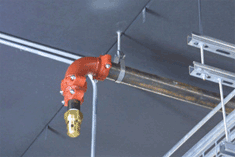 |
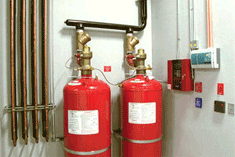 |
The fire suppression system
mixes non-toxic FM200 gas with oxygen to prevent oxygen in the
facility from fueling the flames before they grow out of
control. Important, especially considering that, in the face
of a major blaze, the heat from the flames and the water used
to extinguish them pose more immediate threats to a server
than do the actual flames. Now thatís the protection and
assurance you need. |
|
Data Center Overhead
Distribution |
| Overhead cable and power
management provides the ultimate in performance and
flexibility. Without the need for raised floors cable
management runs. This system utilizes raceways and designed
and recommended by the Telecommunications Infrastructure
Standard for Data Centers' |
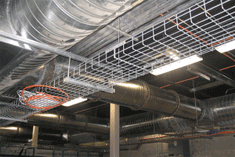 |
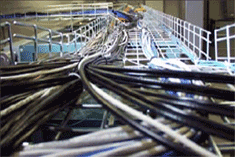 |
-
Standards based open systems
-
High performance bandwidth
-
Support for convergence
-
High quality, reliability and scalability
-
High capacity and density
-
Expandability with easy access |
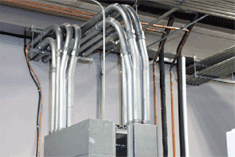 |
 |
|
Data Center Uninterruptible Power
Supply (UPS) |
| Redundant Uninterruptible
Power Supply (UPS) is a vital component of the datacenter
power system, providing protection in the event that the main
grid fails or the center experiences power spikes, surges and
brownouts. |
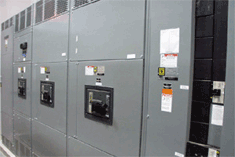 |
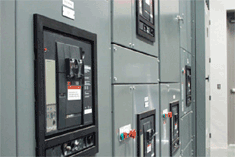 |
Power is brought into the
datacenter and then distributed to customerís cabinets and
cages through an A-side and B-side distribution system. This
distribution system provides customers with the necessary
power they need as well as providing for N+1 redundancy. |
| Redundancy testing on all
power is done twice a month in ensure reliability,
maintenance, and functionality of all UPS systems in the
colocation data center. |
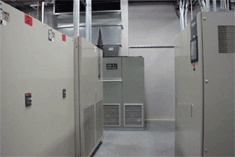 |
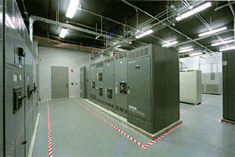 |
In the event of a main power
grid failure this transfer switch will ensure that power is
continually supplied uninterrupted throughout the
datacenter. |
|
Data Center Backup Diesel
Power |
| The Datacenter utilizes
3-750kw (1 Primary, 1 Backup, and 1 Standby) diesel generators
to provide the datacenter with power in the event of a dual
power grid failure. Located in a caged secure area with
7/24/365 monitoring, security cameras, and barb wire
fencing. |
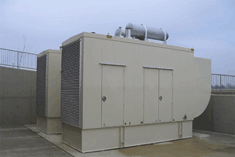 |
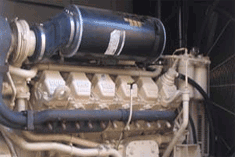 |
In the event of
a failure, after 15 seconds the diesel generators will start
up and begin to provide the center with continual power until
the main power has been restored. Contractually agreed fuel
deliveries assures that the Datacenter will continue to run
self-sufficiently, even in the event of long periods of power
outages. |
|
Data Center Cooling
and Air Control |
| The data center HVAC
(heating, ventilation, and air conditioning) system is designed
to provide optimum operating conditions for equipment. The
HVAC system ensures the environment is constant, providing
appropriate airflow, temperature, and humidity. |
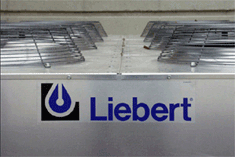 |
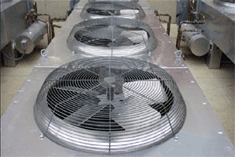 |
At the data center there are
13 open-air handlers. Again all of the components in the
system are N+1 redundant and secure from tampering
with. Open air handlers provide the HVAC system
with an unlimited amount of fresh air to cool and keep the colocation data center running at less than 72 degrees at all
times. |
| Redundancy features provide
additional protection at the colocation data center.
With 1 Primary, 1 Backup, and 1 Standby operating on 2 Power
Grids the system is designed with N+1 philosophy and
pre-planned disaster recovery. If failure occurs
the backup units will automatically switch over and begin
cooling the data center |
 |
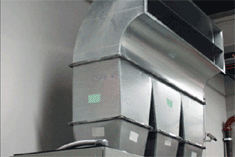 |
Air distribution in the data
center has been specially designed with hot and cold isles
allowing the N+1 HVAC systemís air distribution to provide the
optimal environment for equipment operation. |
|
Data Center
Floor |
| The data center area provides
the highest level of security and the optimal operating
conditions for equipment. Locking cabinets and
mesh door maintain privacy for every customer. |
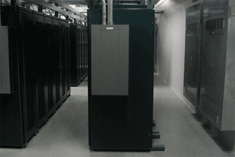 |
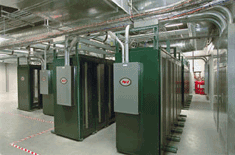 |
All cabinets in the data
center have been custom designed, lockable, have two (2) 20amp
power feeds, and contain 45U of server space. |
|
Data Center
Network |
| The Cisco powered colocation
data center employs Cisco GSR 12000 class routers running and
utilized HSRP to ensure that the data center can be
routed even in the event of a router failure. |
 |
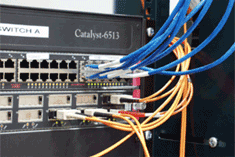 |
The core routers provides the
support and functionality for all critical data center
communications and monitoring systems. |
| Powered by InterNAP (PNAP)
network with multiple OC's from geographically different
locations the data centers network uses smart routing
technology for the fastest possible delivery of content. |
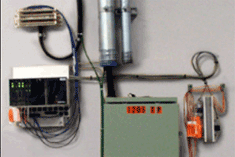 |
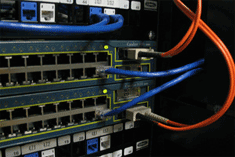 |
Utilizing the latest fiber
optic technology for connections between core routers and
racks the colocation data center is designed for optimized
transit of incoming and outgoing delivery of packets. |
 |